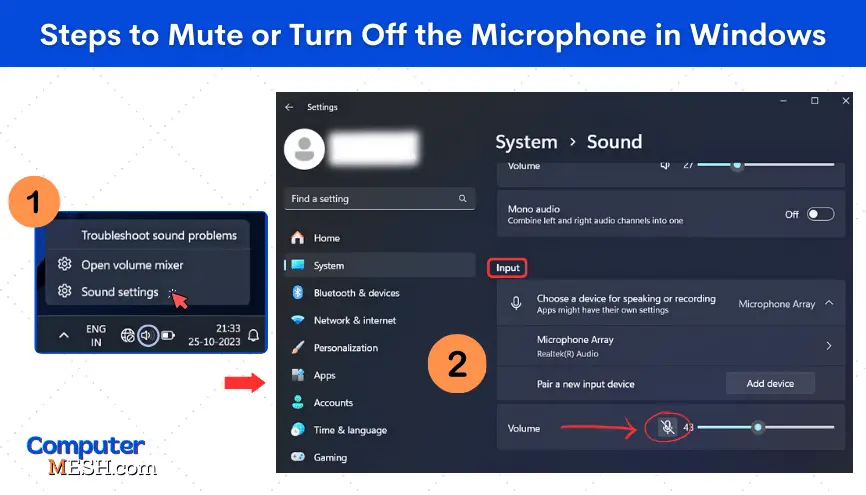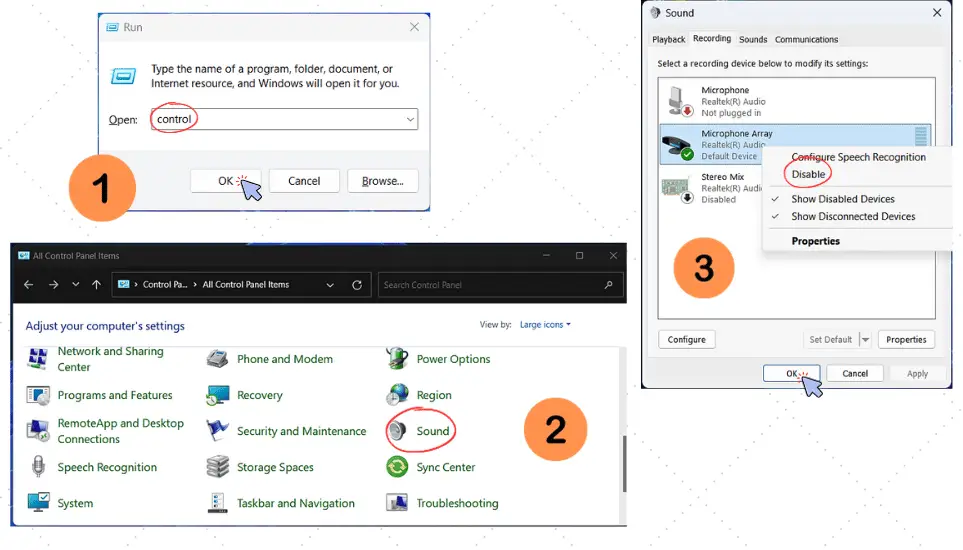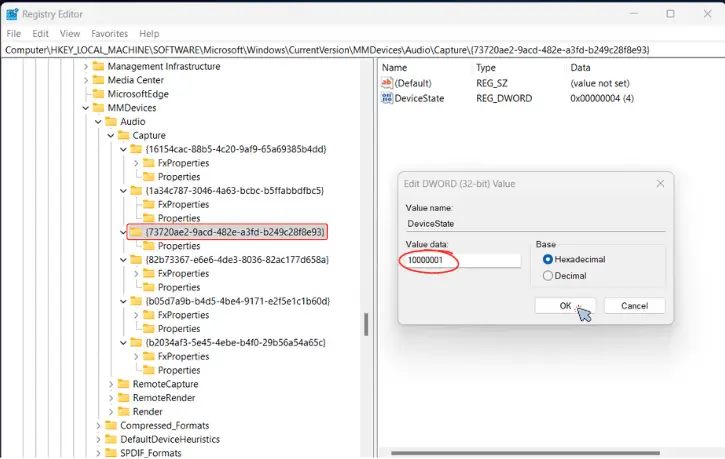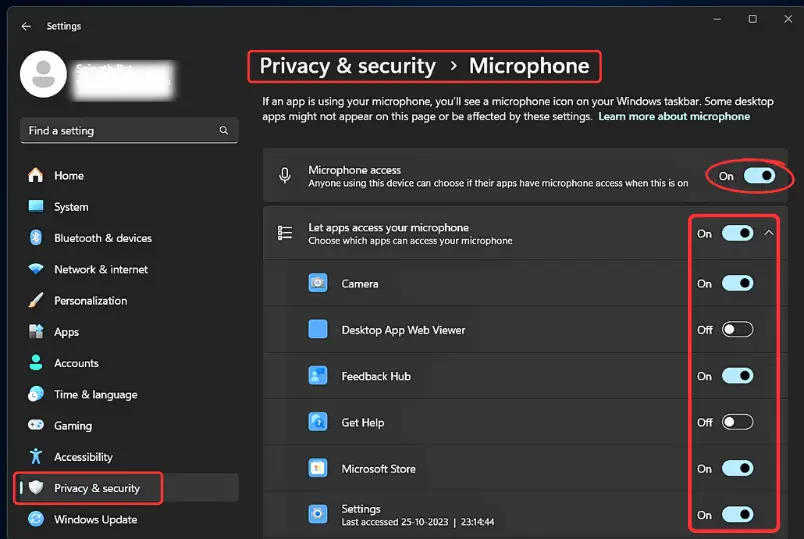How to Mute or Turn Off Microphone in Windows 10 and 11?
Not long ago, I was talking online with someone, and I quickly noticed that the sound seemed to be coming (I heard something private that was not intended for me).
When I told him about this, he hesitated a little at first, but then he realized that his microphone was on the whole time!
This is a common issue that many of us have encountered at least once. It can be embarrassing and even invasive to leave your microphone on your computer accidentally.
Luckily, there are simple ways to mute or turn off your microphone in Windows, so let’s explore some options.
Simple Steps to Mute or Turn Off the Microphone in Windows
- Right-click (two-finger tap on the touchpad in case of laptop) the ‘Speaker icon’ in the notification area at the bottom right of your desktop, and then click ‘Sound Settings’ from the menu.
- “System > Sound” will be displayed.
- Scroll down to go under the ‘Input’ section; here click on the volume icon to disable or mute the microphone. A sign with a “Mute icon” will be seen once you do this.

Now, your microphone is muted, and no sound from your end can be transmitted to others.
Click again to unmute when you want to use your microphone again.
In the case of Windows 10, the settings are similar but with a different layout.
Option 2: Through Control Panel
It’s also convenient to configure the microphone through the Windows control panel (to open it, press Win+R, and in the Run box, write the text “Control” and press Enter).
Next, you need to open the “Hardware and Sound/Sound” section and go to the “Recording” tab: here will be the list of all the microphones connected to the computer. Each of them can be quickly turned off/on. Just right-click on it, and a disable option will appear.

Option 3: Using Registry Editor (More Technical)
So far, I have shown you the steps to mute the microphone system-wide. And for hackers, here’s another quick technique to turn off your PC’s microphone completely.
- Open the Windows registry by pressing the Winkey+key R. A Run box will open.
- Then type “regedit” in Run box.
- Then in Windows registry, click the drop-down menu of the following path:
- HKEY_LOCAL_MACHINE\SOFTWARE\Microsoft\Windows\CurrentVersion\MMDevices\Audio\Capture.

- Under the Capture folder, you should see numbers and letters mixed together in the records. Each set of numbers will have its own properties. We must locate the one that contains the Microphone option after clicking each one.
- When you have found the set of numbers with the microphone option, open that set of number where you see the DeviceState option, double-click on it.
- Finally, to turn off the microphone, you need to enter 10000001 into it and to turn it on again, enter 1.

Prevent Applications from accessing the microphone
Within the Windows privacy options, the Microsoft operating system allows you to prevent certain applications from accessing the Microphone. This can be useful if you want to ensure that specific apps, such as social media or voice recognition programs, are not able to use your Microphone without your permission.
If you want to prevent an application from accessing your Microphone, follow these steps:
- Press Win + i Key.
- Next, click on Privacy.
- On the list menu, click on Microphone.
- Under “Allow apps to access your microphone,” turn off the toggle switch for the app you want to restrict.
- Below, you will see a list of apps that have access to your Microphone. If you want some apps to prevent your microphone access, turn the switch on or off so that the application has access to the Microphone or not.

Unfortunately, to prevent specifically installed desktop applications, games, and other software from accessing the Microphone is not possible through Windows settings. In such cases, you can always turn off the Microphone by following the steps mentioned in the previous section.
Quick Tip for Laptops (Built-in microphone)
On some laptops, the microphone can be turned off using a special button (sometimes, it is placed on the keyboard on one of the function keys; see example below, F4 Hotkey).
Note: To use this, you need to hold the Fn button first, then press the mic button.
